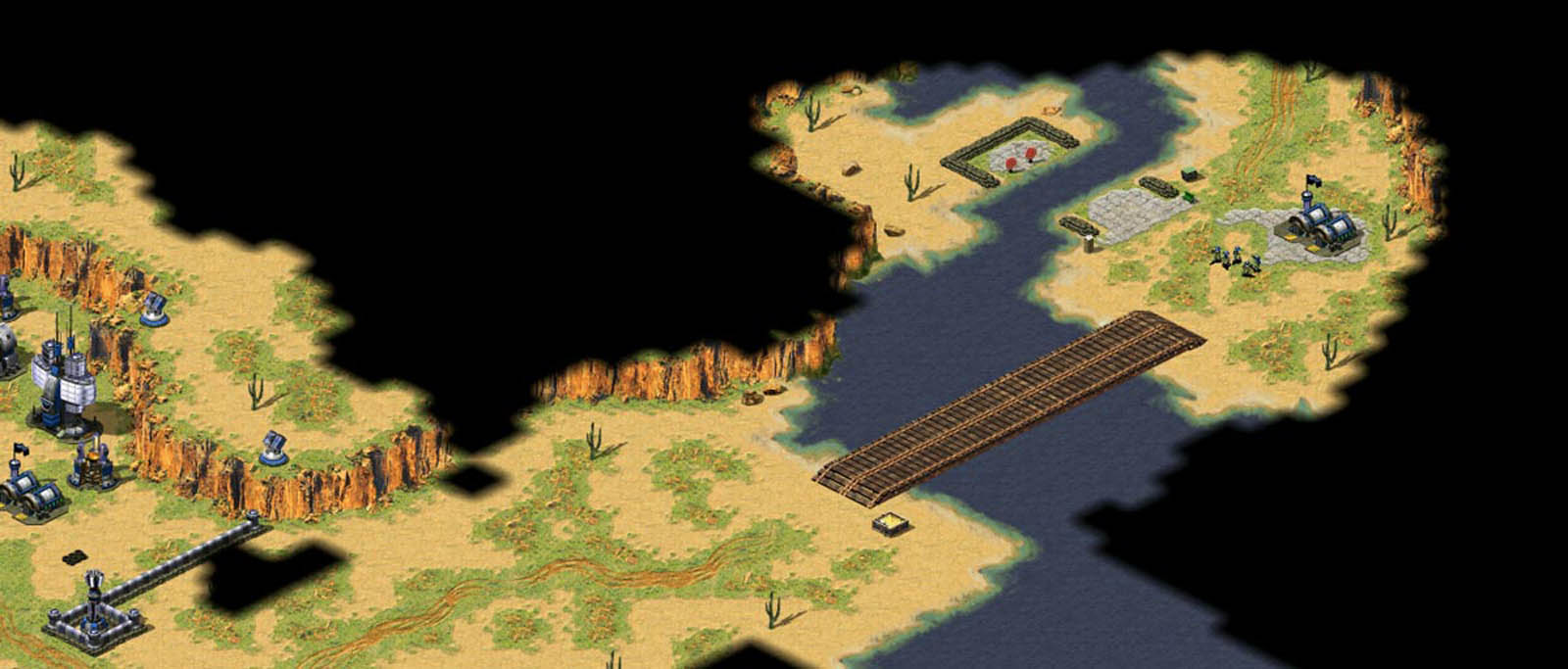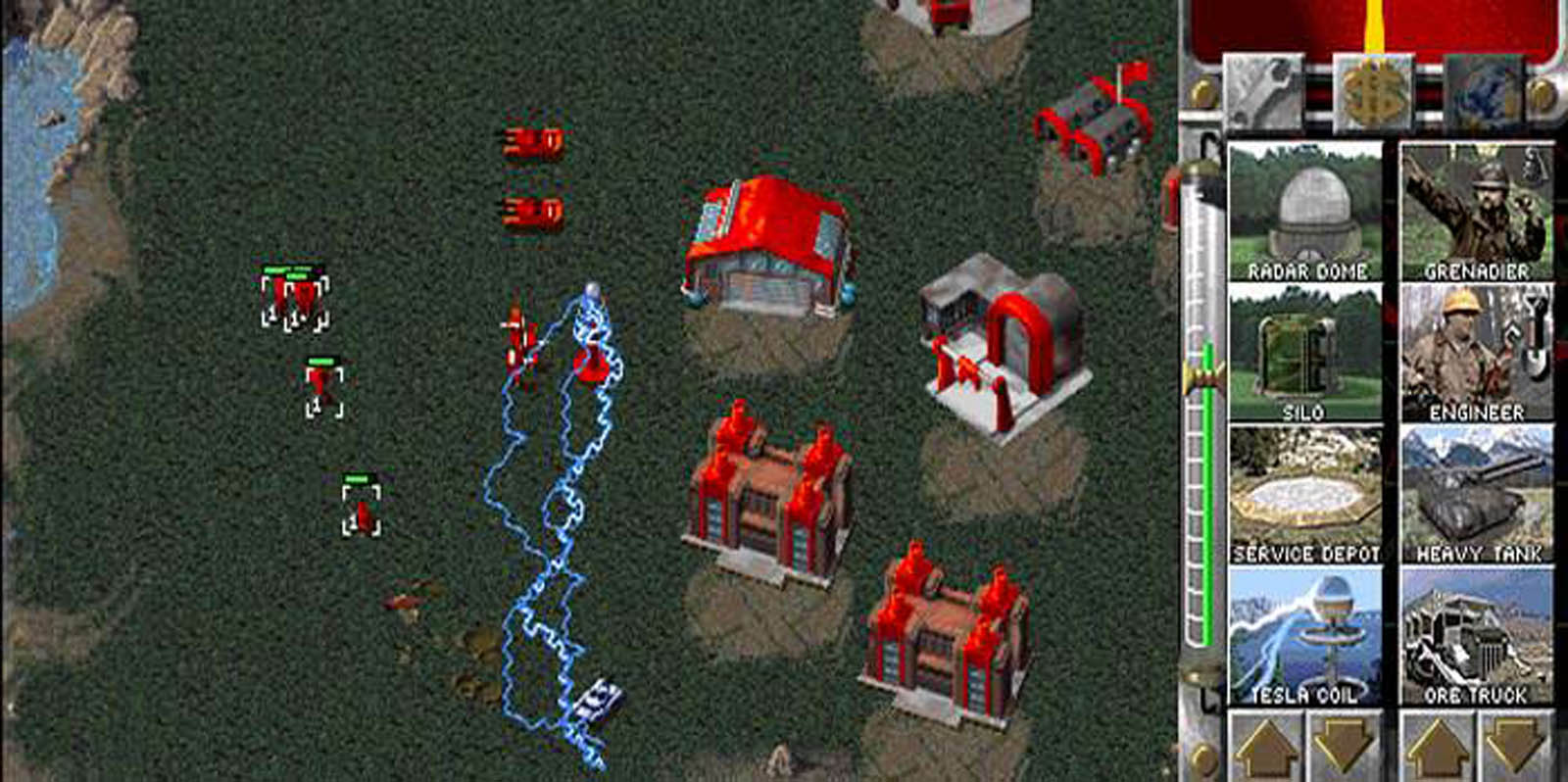
Launching new products is really hard.
Each year around 30,000 new products are introduced, of these, 95% fail. Think about that for a second. You and your 19 closest friends all decide to launch your own products. Before long, only Bert is left standing, with a product that people actually want to buy. Stupid Bert.
I’ll say it again, launching new products is really, really hard. There are so many things you need to be doing, every day a new article tells you about a new thing that’s you aren’t doing that you absolutely must be doing to be successful. Not to mention the absolutely massive chunk of luck you need, even when you have best practices coming out of the wazoo.
I don’t have the answers. I don’t think anyone fully does. Every time I find myself in a situation where it seems like there is an unending list of things that need to be done or we don’t know how to approach, I always end up thinking about playing Command & Conquer: Red Alert as a child. This dates me significantly. For the uninitiated, it’s a game that was popular in the mid-90s.
It’s essentially a classic empire-building strategy game. You start with a small patch of land surrounding by a blacked-out map where your enemies and new terrain to be discovered sit. You need to mine to get money to build your army, build your infrastructure, send your people out to explore increase your territory and reveal the map, but try to do too much of anything at once and you’ll leave your base exposed without sufficient defences to protect itself. So it’s a fine balance. I was also about 12, so tactics weren’t exactly something I considered too heavily.
This act of trying to succeed in massive uncertainty, all while keeping multiple threads running together is a lot like building a new product. Specifically the product development efforts. Using the following 4 signals, you can tell a lot about the health of your product team.
Clarity of mission
Can all team members tell you how what they are working on helps the long-term strategy of the company? If your team knows this, they can make informed decisions about priority and focus, without needing managerial input. It will help you to be brutal about what really needs to be done, and what just seems like it might be quite nice.
Ability to release code frequently
Ideally daily or even hourly. Slow-release cycles and difficult release procedures are a warning sign that something isn’t healthy. Is the state of the software unpredictable, are you not sure how one change might affect another part of the system? If you have the confidence to release whenever you want, you can adapt to change at a moments notice. If you want to ship a new feature quickly, you don’t want your infrastructure standing in your way. A strong CI/CD setup will help no-end in enforcing this.
Customer input-driven work
Hopefully, this one is obvious. What percentage of work is driven by direct customer feedback? Even if you are a domain expert, you are not the customer. You are too close to the product to view through the eyes of a customer. Customers are great, as Jeff Bezos said “Customers are always beautifully, wonderfully dissatisfied”, they have stuff they want to get done and they don’t care much for your feelings. Listen deeply and try to solve their problems. Don’t let them tell you what to build though, they know their problems not necessarily what the best solution is. That’s your job."We don't need research, we already know our users" 🤦🏻♂️ pic.twitter.com/PmPmRg9EXK
— FATHOM_ (@Fathom_UX) October 30, 2018
Iteration
It’s scary how often product development teams work super hard to ship a feature, then as soon as it’s released move on to the next one. It’s an easy trap to fall into, there is so much that needs to be done. But there is no way you’re going to be spot-on in perfectly satisfying the customer need at first attempt. It’s better to solve a few problems exceptionally than many problems poorly.
Find a balance
If you focus too heavily on one neglecting the others, your ability to adapt and change in the right direction will be limited. It’s all about balance.
The image of the Command & Conquer terrain, with your camp slowly being built out, defending from incoming attacks helps keep me sane. You can’t do everything, if you try you’ll spread yourself too thin without a solid base, you won’t be around long. So keep a balance and just focus on every week being a little bit better than you were the week before. You can’t control the future, but you can build stable foundations that can adapt to a changing environment. Also, a few of those Tesla coils can only help.

